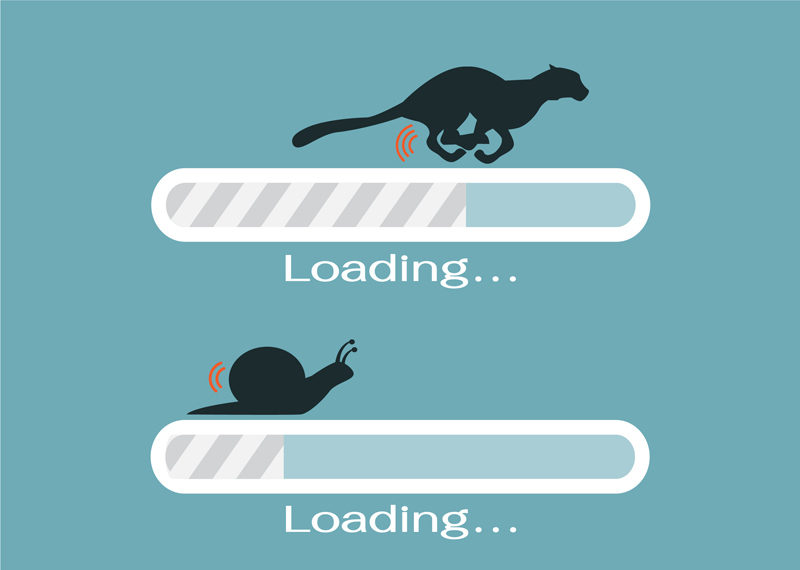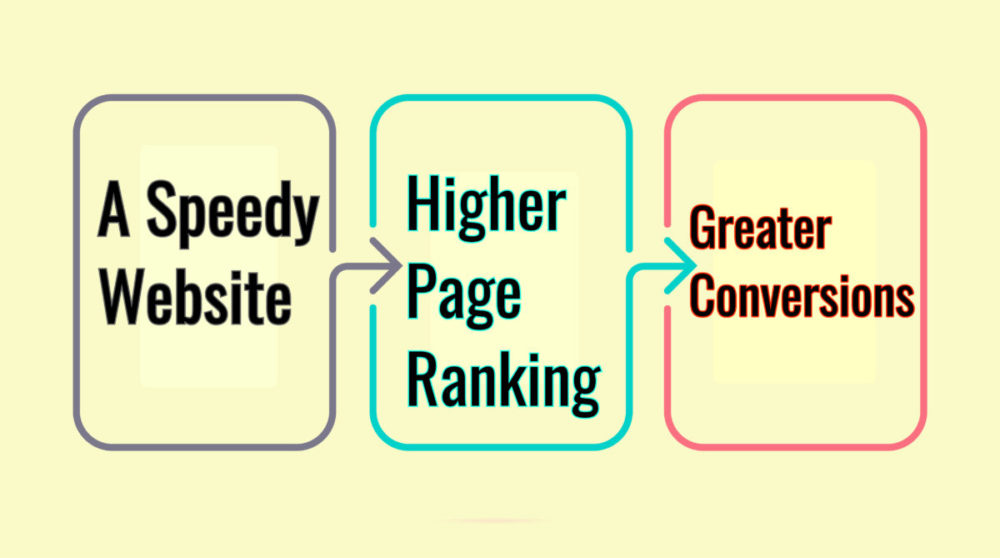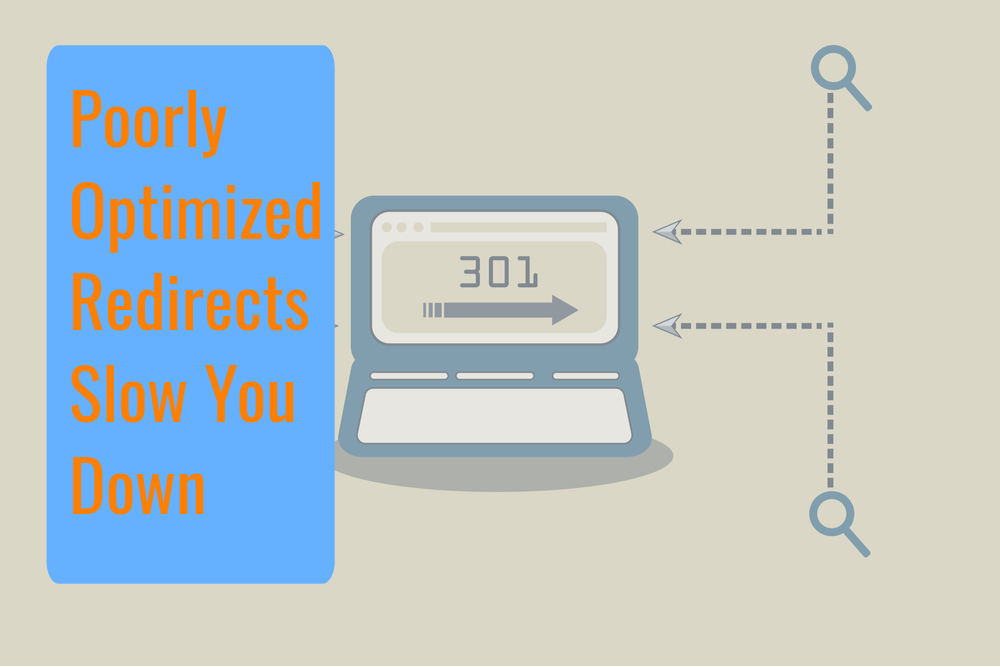
Website Speed: Where the Pedal Meets the Metal
Cash-strapped business owners tend to focus on two things when they select a web design team: aesthetics and (above all else!) cost. Unfortunately, the combination usually means outsourced and/or inexperienced developers. It almost always means zero attention to critical performance issues, including site speed.
Page load time should now be your developer’s top priority. Why? Because it’s an essential element of user experience—and ignoring it will seriously handicap your site’s chances of success.
Why Should You Care About Site Speed?
The most straightforward answer is that site speed impacts user experience and your ranking in Google’s search results. If an important page on your site loads at a snail’s pace, it can negatively affect:
- Your search rankings;
- Site bounce rate;
- Page views; and (perhaps most importantly)
- Conversions.
Increased Page Speed Helps With Crawling
You probably know that Google is by far the most popular search engine in the U.S. and worldwide. Site speed is one of the biggest advantages for a website during Google’s routine crawls and indexing. Google’s set bandwidth ultimately means that its crawls can be limited by your page speed.
Essentially, the faster your page speed, the more pages Google will crawl and index. As Google indexes more pages from your site, your pages will have a greater chance to rank well in Google’s search results.
The Impact of Site Performance on Consumer Behavior
It’s a well-known fact that consumers always want ‘more.’ This eternal search doesn’t stop at your website. Your user experience needs to provide more of what your consumers want out of your brand. The most effective way to do so is through effective optimization of your page’s speed.
Many sites lose potential customers simply because visitors don’t want to wait for their slow pages to load. A well-optimized page will keep guests on your site and help you avoid the 2-second patience break that might drive them away to your competitors. The process of getting visitors to read and take action on your site all starts with how fast your pages load.
Common Mistakes That Slow Pages Down
A split second can mean the difference between a conversion or a bounce. Don’t let time and money slip through your fingers because of these common mistakes made by DIY web designers.
Image and Font Optimization
Take the time to ensure that your site is well-optimized from the inside out. Font size and poor image optimization are little issues that quickly add up.
Slapping an image on your site just because it looks good—ignoring image size—can actually damage your site by increasing your load time. That means higher bounce rates.
The same can also be said for web fonts. While they add to the aesthetics of your site, the character doesn’t matter when your pages are too slow to keep potential customers interested. The fonts you select for your site are comprised of numerous glyphs. Fonts function based on the complexity of each glyph’s vector paths and the number of glyphs in each font. Left unchecked, a flashy font can be tough for a browser to render on its own. This issue results in render blocking and blocked text painting that delays the performance of critical pages.
The extra steps of image and font optimization not only ensure that your site has a unique, professional look and feel but can also boost rendering, which helps get your page speed up to snuff.
Redirects
Site navigation should be as simple as possible, but sometimes your pages may need to take a detour because the permalink or general business information has changed. When improperly implemented and optimized, redirects create longer waiting times and performance issues that will quickly cause visitors to become impatient and move on to a site without these problems.
That’s why we recommend paying close attention to redirects during the design process and eliminating redirects that are not necessary. According to Google, you can reduce redirect lag by never linking to a page that you know has a redirect on it, and never requiring more than one redirect to lead to important site information.
Make Speedy Changes Today that Improve the User Experience
Even if your business uses speed testing tools and you know your website’s flaws, the issues won’t simply correct themselves. Having a set team stay on top of common design and optimization issues should be a priority. Neglecting to make adjustments can ruin your chances for online success!
On the other hand, getting around the technical aspects of optimization and knowing how to keep your pages loading quickly is a job in itself and can be overwhelming for someone trying to run a business. That’s why a little help never hurts.
Businesses that want a boost with their website will invest in the help of experienced designers. The Big D Creative website design team has the experience and tools that’ll ensure your product is unique and up-to-speed, where it counts.


